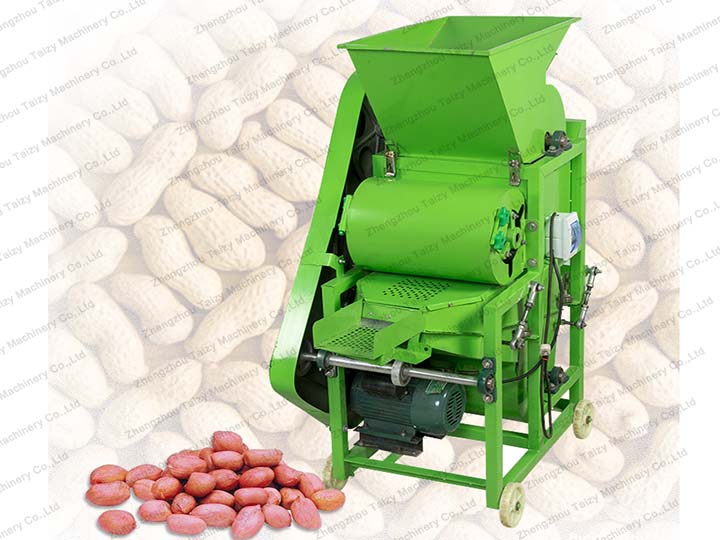How Does a Peanut Shelling Machine Work
A peanut shelling machine is a device designed to remove the shells from peanuts quickly and efficiently. The process involves several steps:

- Feeding: The peanuts are fed into the machine through a hopper or feeding mechanism. The machine’s design ensures a consistent flow of peanuts for processing.
- Shelling: The peanuts pass through a series of rotating rollers or blades, which exert pressure on the shells, cracking them open. The rotating action of the rollers helps separate the shells from the peanuts.
- Separation: After the shells are cracked, the machine utilizes a combination of airflow and vibration to separate the shell fragments from the peanuts. Air blowers or suction devices help remove lighter shell pieces while vibrating screens or gravity-based separation methods allow the heavier peanuts to pass through.
- Cleaning: In some peanut shelling machines, additional cleaning mechanisms are included to remove residual shell fragments, dust, and other impurities. This ensures that the shelled peanuts are clean and ready for further processing or consumption.
- Collection: The shelled peanuts are collected in a separate container or receptacle, ready for packaging, storage, or further processing.
It’s worth noting that there are different types and sizes of peanut shelling machines available, including manual, semi-automatic, and fully automated models. The specific operation and features may vary depending on the machine’s design and capacity.
The efficiency and performance of a peanut shelling machine depend on factors such as the machine’s power, design, and the quality of peanuts being processed. Regular maintenance, such as cleaning, lubrication, and blade adjustments, is necessary to ensure optimal functioning and longevity of the machine.
Overall, a peanut shelling machine simplifies the labor-intensive task of manually removing peanut shells, increasing productivity and reducing processing time for large-scale peanut operations.
